by Wallace Wyss –
Polestar, the Swedish electric automaker, announced a second prototype. We won’t knock that, Tesla has introduced two roadster prototypes and still not produced the production version. Called the Polestar O2, the hardtop convertible is designed to showcase the automaker’s bonded aluminum platform. A cheeky feature is an optional integrated drone for aerial filming.
Not everyone knows Volvo is Chinese owned so this is a joint venture between Volvo and the automaker’s Chinese parent company Geely. They are smart to brand their EVs as Polestars and recast itself as an EV-only marque.
This car, if they got it into production before the Tesla roadster, could score a hit. Tesla’s roadster has been delayed until 2023. And don’t look for all electric Lamborghini and Ferrari electric models until at least 2024, creating an opportunity for Polestar to lay claim to the electric roadster market.
Sorry, no specs are available, not even a 0-60 mph time. But the design allows for a big battery–110 kilowatt hours. The shape grew out of the Polestar Precept, including the same lighting signature.
In yet another nod to the eco crowd, the interior is made from a new thermoplastic mono-material, which describes the use of a single base material to manufacture different components–recycled polyester for all the soft interior components, such as seat foam, adhesive, 3D knit fibers, and non-woven lamination.
Grades of aluminum are labeled, allowing them to be recycled more effectively and for their properties to be retained.
The wackiest option I heard of lately is the inclusion of a “cinematic drone” so owners can film themselves as they take their favorite twisty road.
Here’s my take on the Concept’s design:
FRONT Too generic–like Tesla (only better) but like too many other cars. Maybe some NACA duct scoops on the hood would liven it up. Running lights up front are a clever signature. That spear mid-windshield is pointless. Front spoiler artful but fearfully prone to parking lot curb damage.
REAR Dramatic roof spoiler adjoining two half headrest nacelles. Gives it more coupe side profile but open air from the top.
SIDE Roof side view too much like out-going Nissan 370Z. Dramatic side sculpturing though vertical vent too hard-edged to fit rounded design. Rear flaring good, especially with “help” in introducing the rear flaring from rocker panel.
IN SUM
An acceptable design but not original. But still if it’s price is much lower than the Tesla roadster (isn’t there talk that it could be $250,000?) and has similar performance and reaches showrooms two years earlier, they might get Tesla roadster customers tired of waiting.
The drone can follow the car at speeds of up to 100 km/hour. After filming, the drone returns to the car. And video clips can be edited and shared directly from the 15-inch center display when the car is parked. Volvo described it as less distracting to the driver than attempting to film yourself with your smartphone. I wouldn’t blame a cop if he gives them a ticket if they’re too much filming and not enough paying attention to driving.
Polestar is already turning its first concept, the Precept, into a production vehicle, the Polestar 5.
Let us know what you think in the Comments.
THE AUTHOR: Wallace Wyss, who has guest-lectured on design at Art Center College of Design, delivers commentary on new cars on Autotalk, a show broadcast weekly from KUCR FM radio Riverside.
Photos compliments of Polestar.
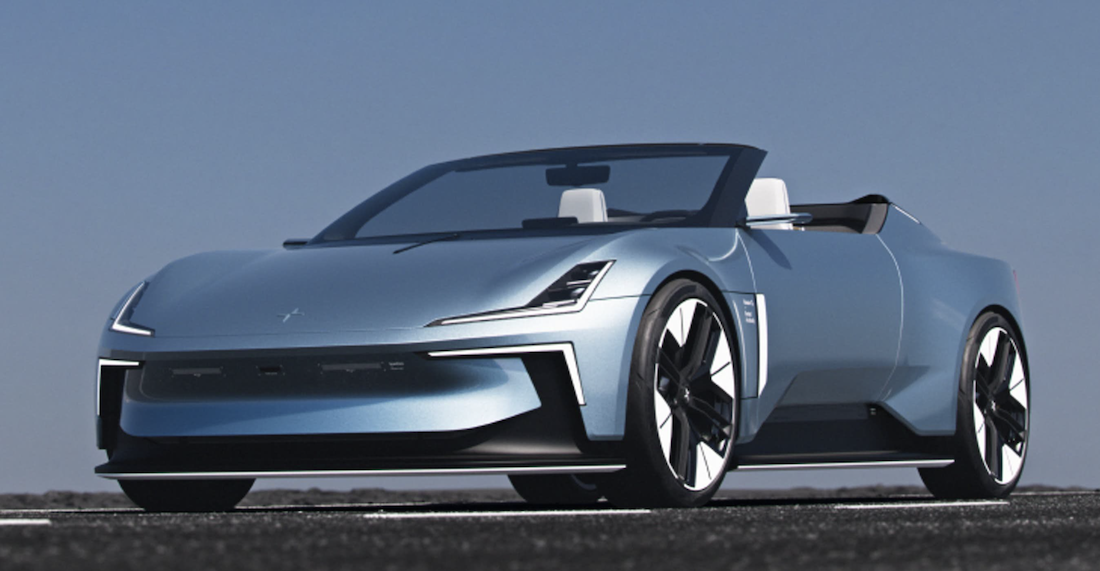
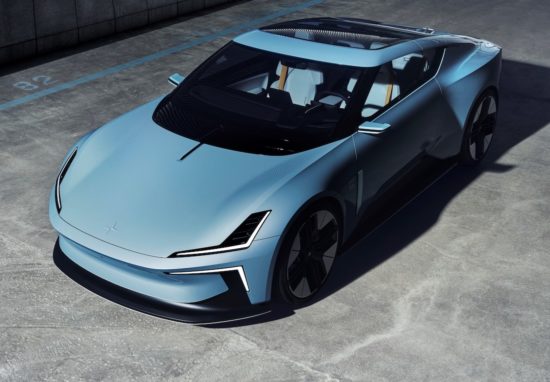
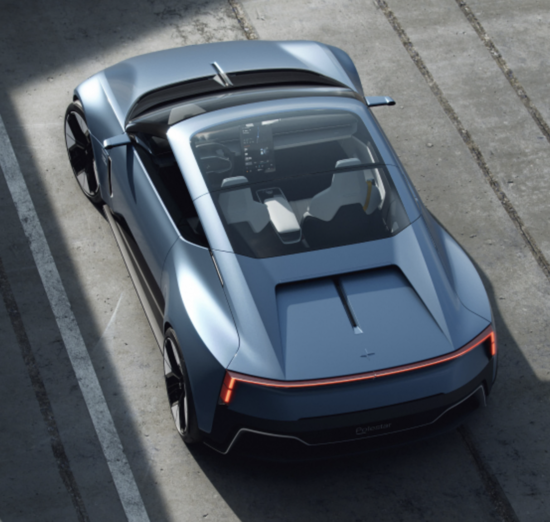
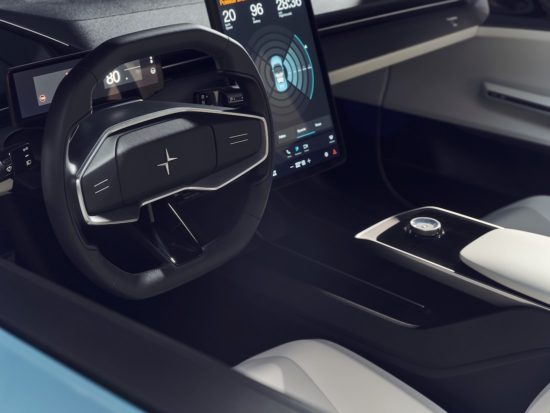

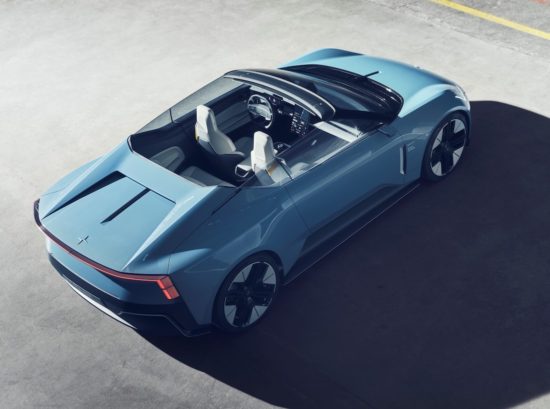
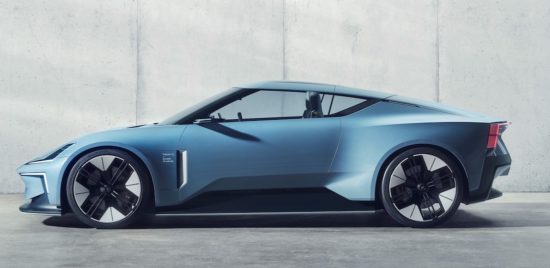

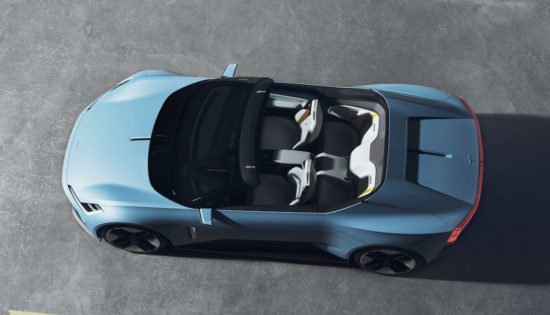


“Not everyone knows Volvo is Chinese owned”…
No thanks.